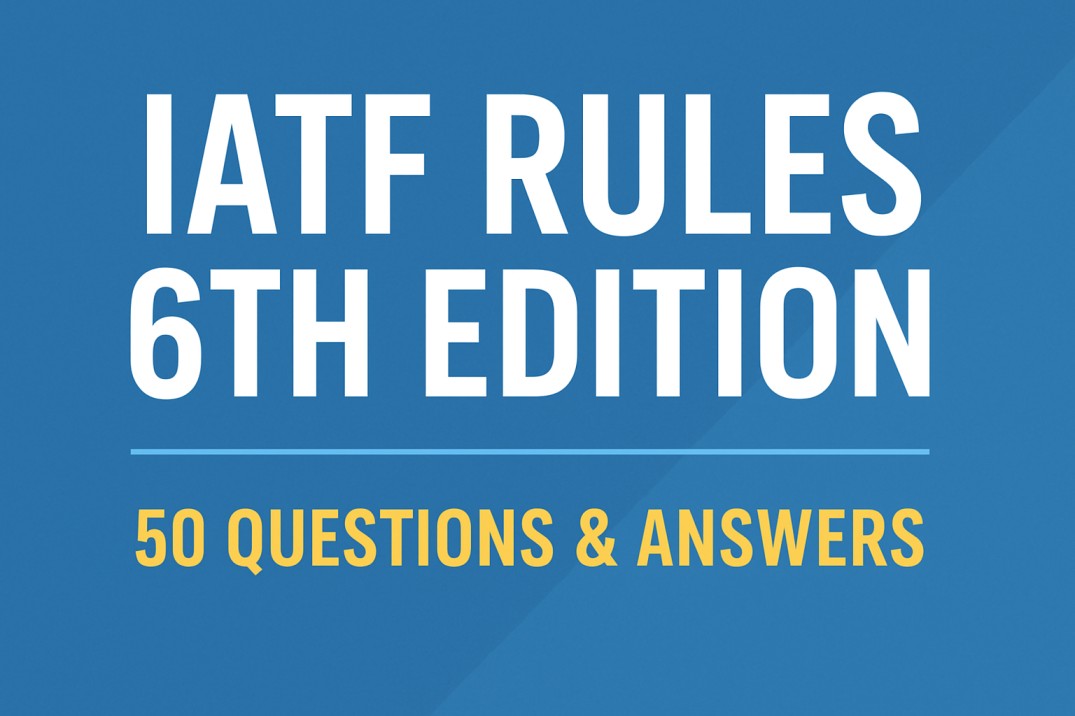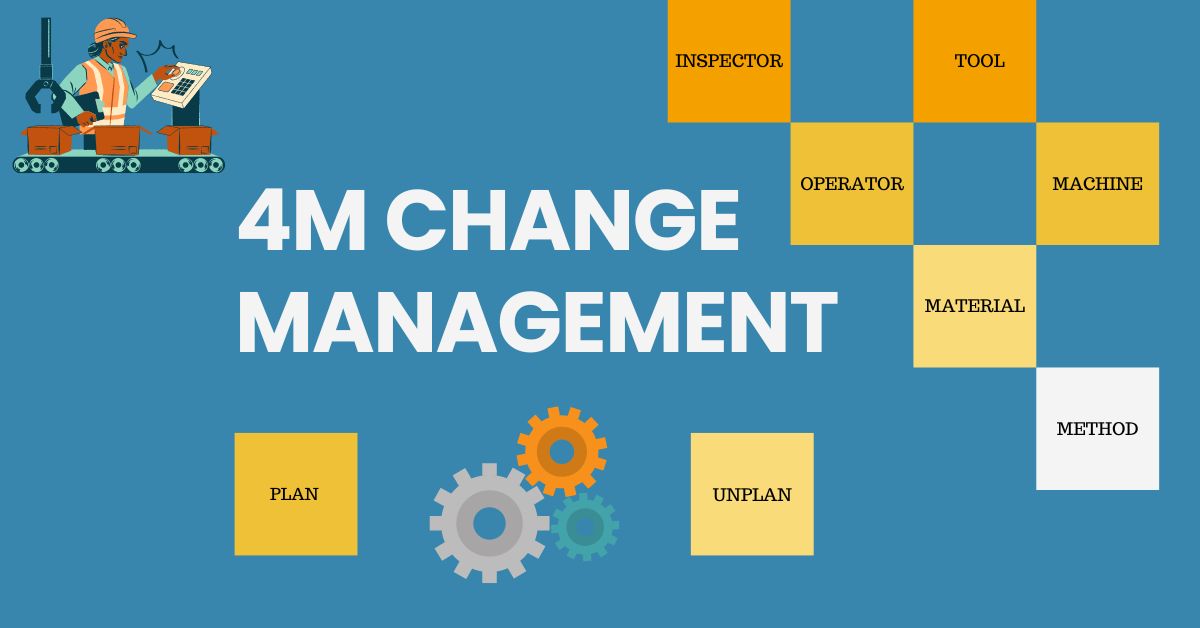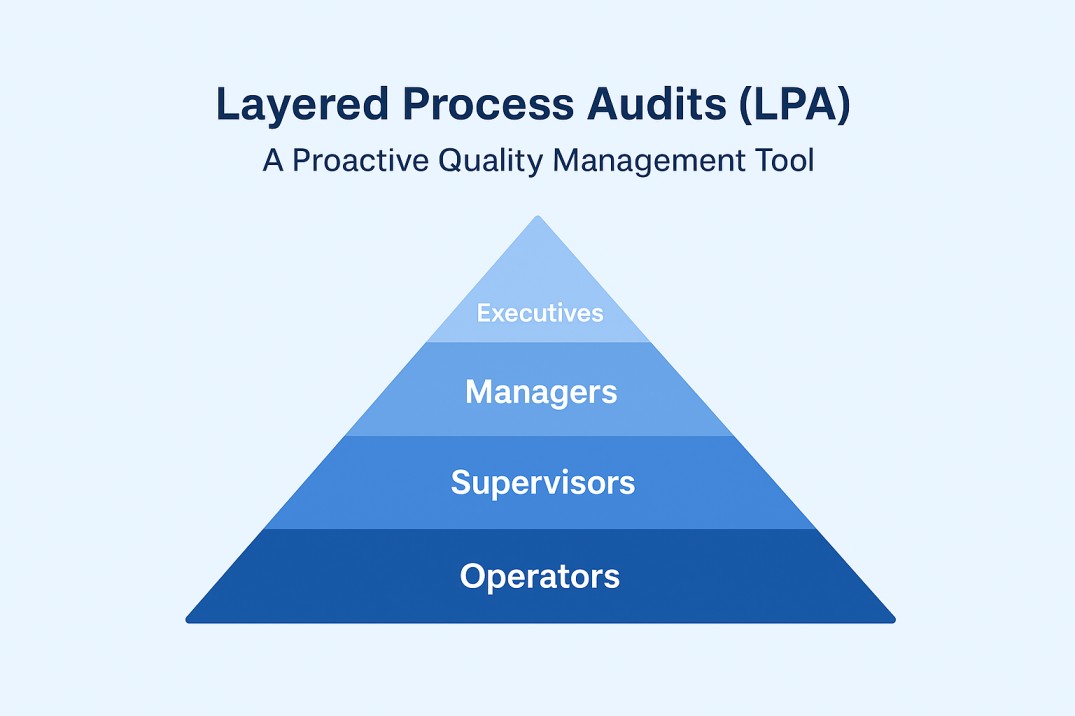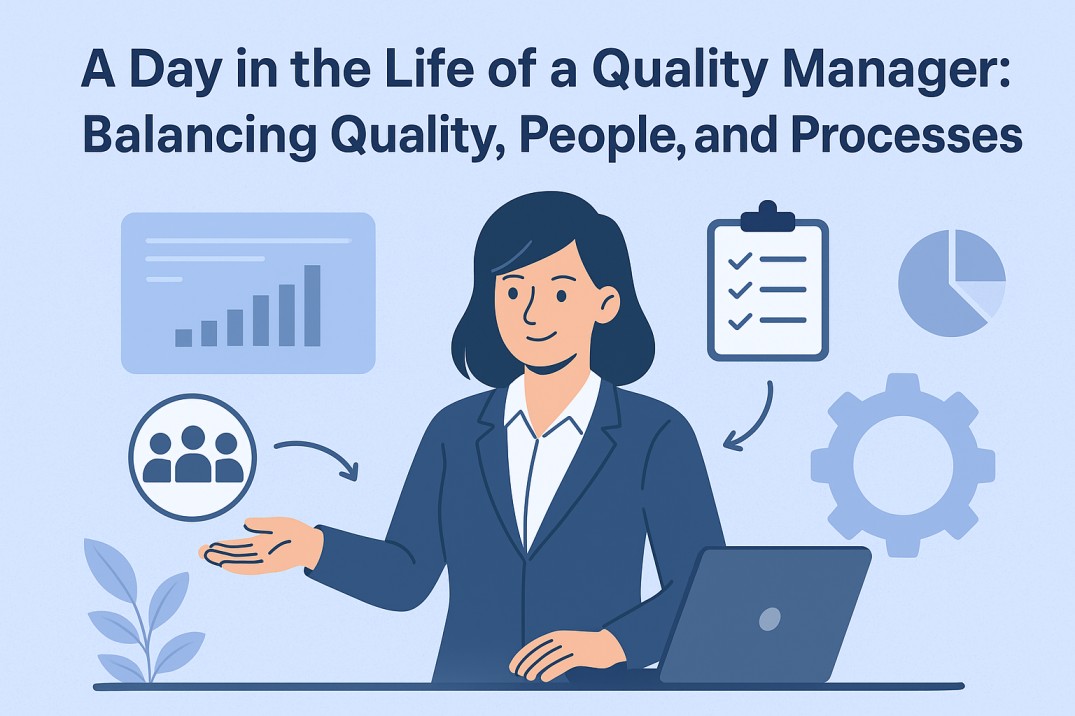Building a Culture of ISO 9001 Continuous Improvement in Daily Operations
Many companies see ISO 9001 only as a certificate to show customers. After the audit, it goes into a file. But the true value comes when ISO 9001 is used every day, when improvement becomes a habit, when quality becomes part of the company’s culture. This post explains how to build that culture of ISO … Read more










